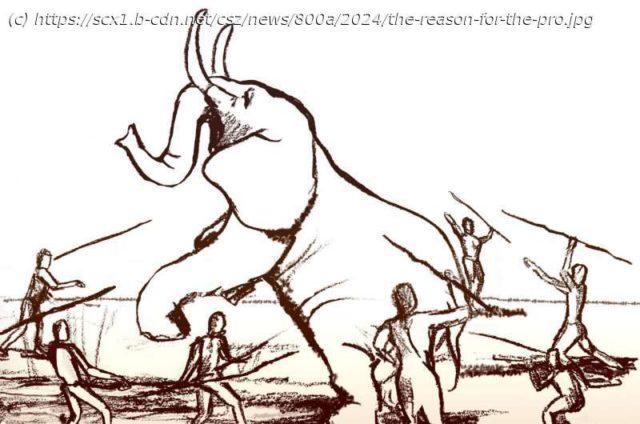Archaeologists from Tel Aviv University have uncovered the mystery surrounding extensive Paleolithic stone quarrying and tool-making sites: Why did Homo erectus repeatedly revisit the very same locations for hundreds of thousands of years? The answer lies in the migration routes of elephants, which they hunted and dismembered using flint tools crafted at these quarrying sites.
Archaeologists from Tel Aviv University have uncovered the mystery surrounding extensive Paleolithic stone quarrying and tool-making sites: Why did Homo erectus repeatedly revisit the very same locations for hundreds of thousands of years? The answer lies in the migration routes of elephants, which they hunted and dismembered using flint tools crafted at these quarrying sites.
The research, published in the journal Archaeologies, was led by Dr. Meir Finkel and Prof. Ran Barkai of Tel Aviv University’s Jacob M. Alkow Department of Archaeology and Ancient Near Eastern Cultures
Prof. Ran Barkai explains, “Ancient humans required three things: water, food, and stone. While water and food are necessities for all creatures, humans relied on stone tools to hunt and butcher animals, as they lacked the sharp claws or fangs of other predators. The question is, why do we find rock outcrops that were used for the production of flint tools surrounded by thousands of stone tools, and next to them, rock outcrops containing flint that was not used for the production of tools?”
“A study of indigenous groups that lived until recently, with some still alive today, shows that hunter-gatherers attribute great importance to the source of the stone—the quarry itself—imbuing it with potency and sanctity, and hence also spiritual worship.
Home
United States
USA — IT Elephant hunting by early humans may explain proximity between extensive Paleolithic stone...






